Surround sound is a technique used to provide an immersive audio experience to the listener. For a long time, surround sound could only be experienced in a theater. Thankfully, with new technologies and modern advancements in design and manufacturing, many surround sound systems are now affordable enough for people to have them in the comfort of their houses.
If you are interested in installing surround sound in your home and plan to buy a system or curate the parts yourself, you must first understand how it works.
How Does Surround Sound Work?
Surround sound systems immerses the listeners in a sense of realism. When you experience surround sound, you feel like you are part of the movie. For surround sound to work, you'll need three things: media with audio mixed for surround sound, a proper audiovisual (AV) receiver, and an assortment of speakers properly placed around your sitting area.
To fully understand how a surround sound system works, let us first talk about standard surround sound formats, then proceed to various items needed for surround sound, before ending with the standard speaker placements.
Common Surround Sound Speaker Configuration
You may have heard of various surround sound terms such as "5.1", "7.1", or even "9.1.2". You may confuse it with a version number, but it is just a naming convention to know how many speakers you have in a room at different heights.
A surround sound format would have three numbers separated by a dot like this X.X.X.
|
Ear-Level |
Subwoofer |
Overhead |
|
|
Number of Speakers |
x |
x |
x |
The first number denotes the number of ear-level speakers, the second is for the number of subwoofers, and the third is for the number of speakers above the ear level.
|
Ear-Level |
Subwoofer |
Overhead |
|
|
Number of Speakers |
5 |
1 |
0 |
A 5.1.0 configuration would mean five ear-level speakers, one subwoofer, and zero over-ear-level speakers. If the configuration doesn't use an over-ear speaker (the third variable), you simply identify the system as surround sound 5.1 (without the zero).
Now that you understand the conventions of naming the different surround sound configurations. Let's talk about the most common configurations and why they are popular.
Surround Sound 5.1
The surround sound 5.1 is the most popular speaker configuration for surround sound. Many households use this surround sound configuration as it uses the least amount of speakers and can still provide a true surround sound experience.
This setup uses five speakers and one subwoofer. To achieve this configuration, two satellite speakers are placed front left and front right of the viewer, two main speakers rear left and rear right, a center speaker in the middle directly in front of the listener, and a subwoofer anywhere near the setup.
Surround Sound 7.1
Surround sound 7.1 is a balanced step from surround sound 5.1. With just two more speakers, this system produces an even more convincing surround sound experience. The configuration of this system is exactly the same as 5.1 but with two extra satellite speakers placed at the sides of the viewer.
Surround Sound 9.2.2
With surround sound 9.2.2, the setup now uses nine ear-level speakers, two subwoofers, and two overhead or ceiling speakers. This surround sound system is ideal for larger areas where you can't place ear-level speakers at the center of the room. In addition, the extra subwoofer and ceiling speakers provide an even surround sound experience throughout the room.
What Speakers and Hardware Are Used in Surround Sound Systems?
Now that you know the most common surround sound configurations, let's talk about the items you'll need to make your surround sound system. Although you can use just about any full-range speakers in the market, the best setups split different audio signals between specialized speakers.
Remember, it doesn't have to be a home theater setup (although it is the most common). You can also build a system just for playing music.
1. Center Channel Speaker
As the name implies, a center channel speaker is a speaker placed at the front center of a surround sound system. A good center speaker covers the full audio spectrum detectable by human ears. To cover such a spectrum, these speakers often utilize three types of speaker drivers: tweeter, midrange drivers, and woofer. If you can only afford a small setup, a center channel speaker with a single full-range driver should do.
2. Main Left and Right Speakers
The main left and right speakers are placed beside the center channel speaker. The main left and right speakers can be a variety of speakers, such as a bookshelf speaker and floor standing speaker. Just like the center channel speaker, these speakers employ two or three types of speaker drivers (tweeter, midrange driver, woofer) to cover a broad spectrum of the human audible sound spectrum.
3. Satellite Speakers/Surround Speakers
Satellite or surround speakers are placed at the side and back of the listening/viewing area. They cover mid to high audio frequencies using tweeters and mid-range speaker drivers. They are often floor-standing speakers, but they can also be wall-attached so long as they are placed at the side or back of the listening/viewing area.
4. Subwoofer
A subwoofer is a type of speaker that covers the low and very low sound frequencies. Due to the low sound frequencies they cover, people within the effective range of a subwoofer will feel that rumbling-like effect you usually get at the theaters. Subwoofers are often the largest speakers within the system. The bigger the subwoofer, the more air it can move, and the more noticeable its effects are within the room.
5. Ceiling Speakers/Overhead Speakers
Ceiling speakers are any speakers placed above head level. They cover the same audio frequencies as surround speakers just at an overhead placement. These speakers are important in achieving object-based surround sound, such as the one utilized in Dolby Atmos. Aside from providing object-based surround capabilities, they also balance the audio inside a large room as they can be placed nearby the center of the room if floor-standing speakers are too intrusive.
6. AV Receiver
With the number of speakers you need for a surround sound system, you'll need an AV receiver to bind it all together. The AV receiver is an electronic device that acts as the brain or your home entertainment system. It provides all the ports you'll need to connect all your speakers, TV/projector, and other devices like a DVD player. Modern AV receivers now support various surround sound formats, such as Dolby Atmos and DTS—more on these in a moment.
The key to a great surround sound experience is correct speaker placements. Ear-level speakers such as the center channel, main left and right, ceiling, and satellite speakers must be placed in their correct areas, with drivers directly facing the listener/viewer. On the other hand, subwoofers can be placed anywhere inside the room as low frequencies are hard to distort and can easily be heard anywhere their audio waves travel.
Popular Surround Sound Formats
With the correct speakers and correct surround sound configurations, you are almost ready to enjoy an amazing surround sound experience. The last ingredient to a true surround sound experience is finding the right type of media that supports your system.
Dolby Atmos
Dolby Atmos is currently the most popular surround sound format used in home theaters. In addition, you can find lots of movies and media mixed for Dolby Atmos at various subscription-based entertainment services like Netflix, Amazon Prime, and Disney Plus.
Dolby Atmos supports up to 24 speakers on the floor and up to ten overhead speakers. This means it can support just about any object-based surround sound configuration you can have inside a home. In addition, having overhead speakers allows Dolby Atmos to provide object-based surround sound that adds even more realism to the listening or viewing experience.
The problem with Dolby Atmos is that it requires you to have overhead speakers. This isn't too bad since you can just add an overhead speaker to your current 5.1 or 7.1 configurations, and you'll be able to experience object-based surround sound.
Dolby Digital
Don't have the time to upgrade your current surround sound system? You can still use Dolby Digital! This format supports all the popular legacy configurations such as 5.1 and 7.1.
DTS and DTS:X
Just like Dolby Atmos, DTS provides object-based surround sound. It can support up to 32 speaker locations and up to an 11.2 surround sound configuration. The problem with DTS is that there are currently no streaming services that support DTS. The only practical way to enjoy DTS is through Blu-ray and DVD. The upside to DTS is that it supports legacy configurations such as 5.1 and 7.1.
Now You Can Build Your Surround Sound System
That's just about all the basic things you'll need to understand when building your surround sound system. Remember, you'll need the right speakers, a standard surround sound configuration, an AV that supports the surround sound format you want, and media (movie, music, video, games) mixed for the specific format.
If you find building out a surround sound system intimidating, there are premade systems from reputable brands like Logitech and JBL that you can try. These systems come complete with speakers, AV receivers, and even stands, mounts, and instructions to help you install their system.


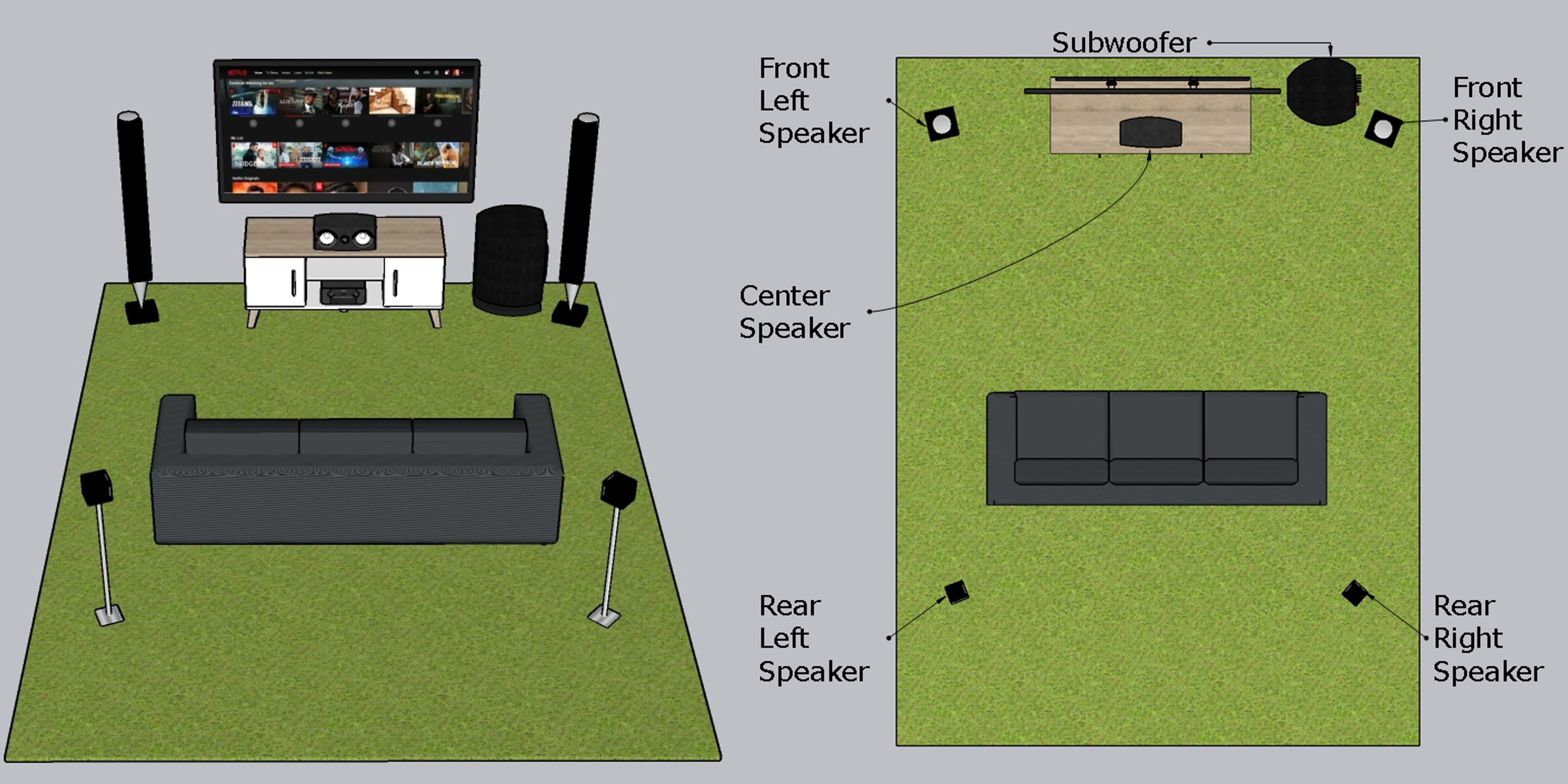
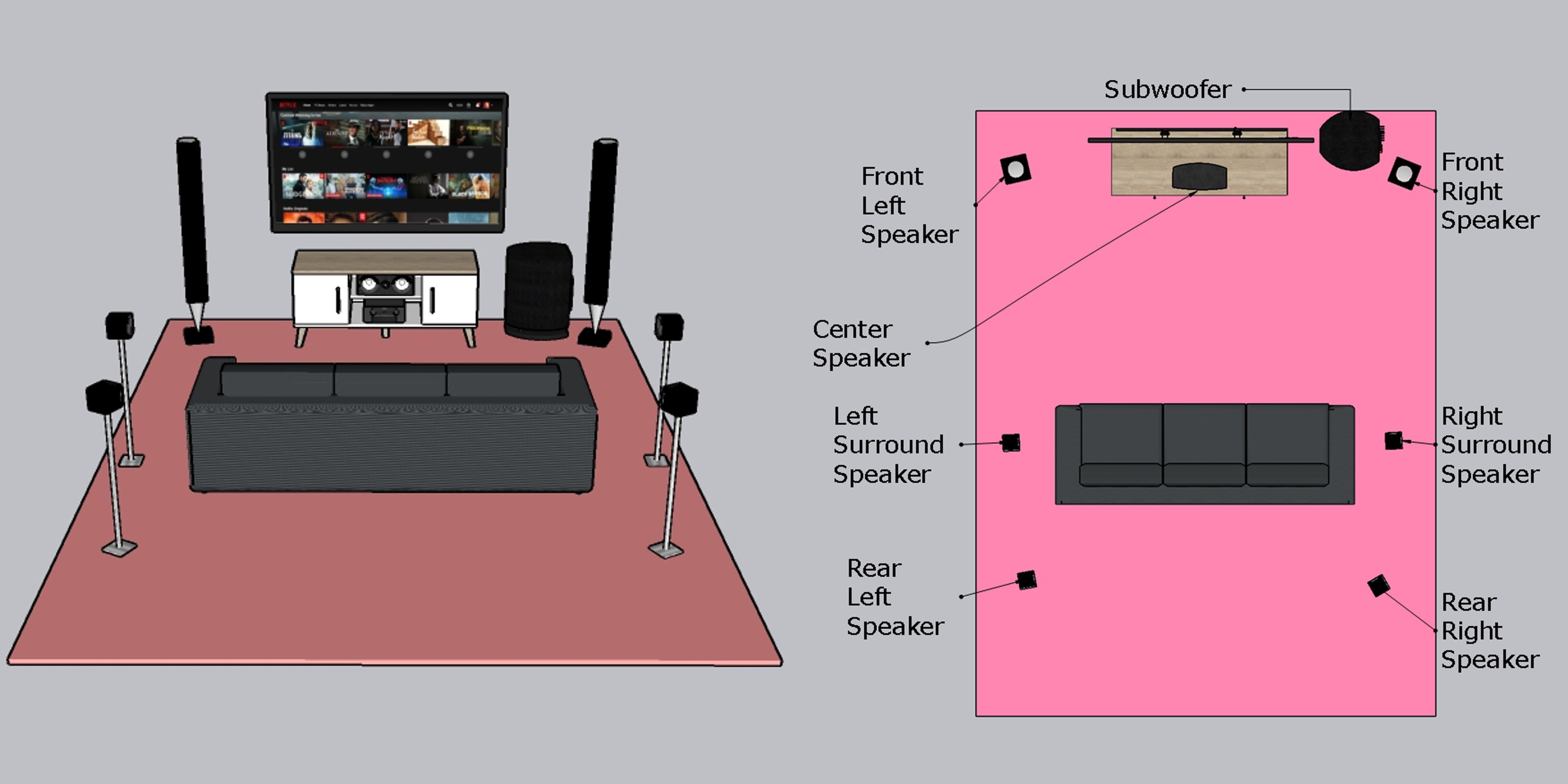
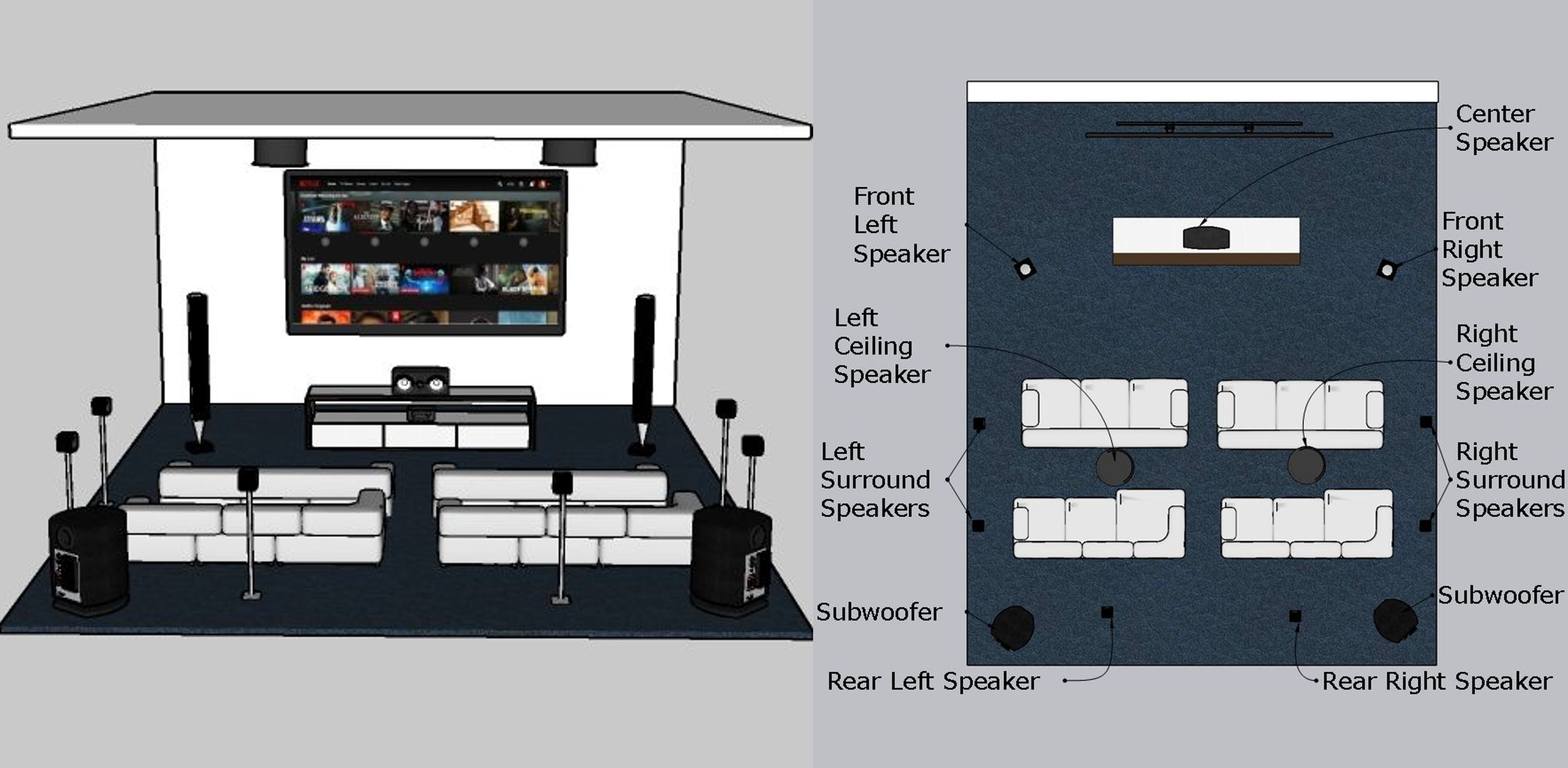
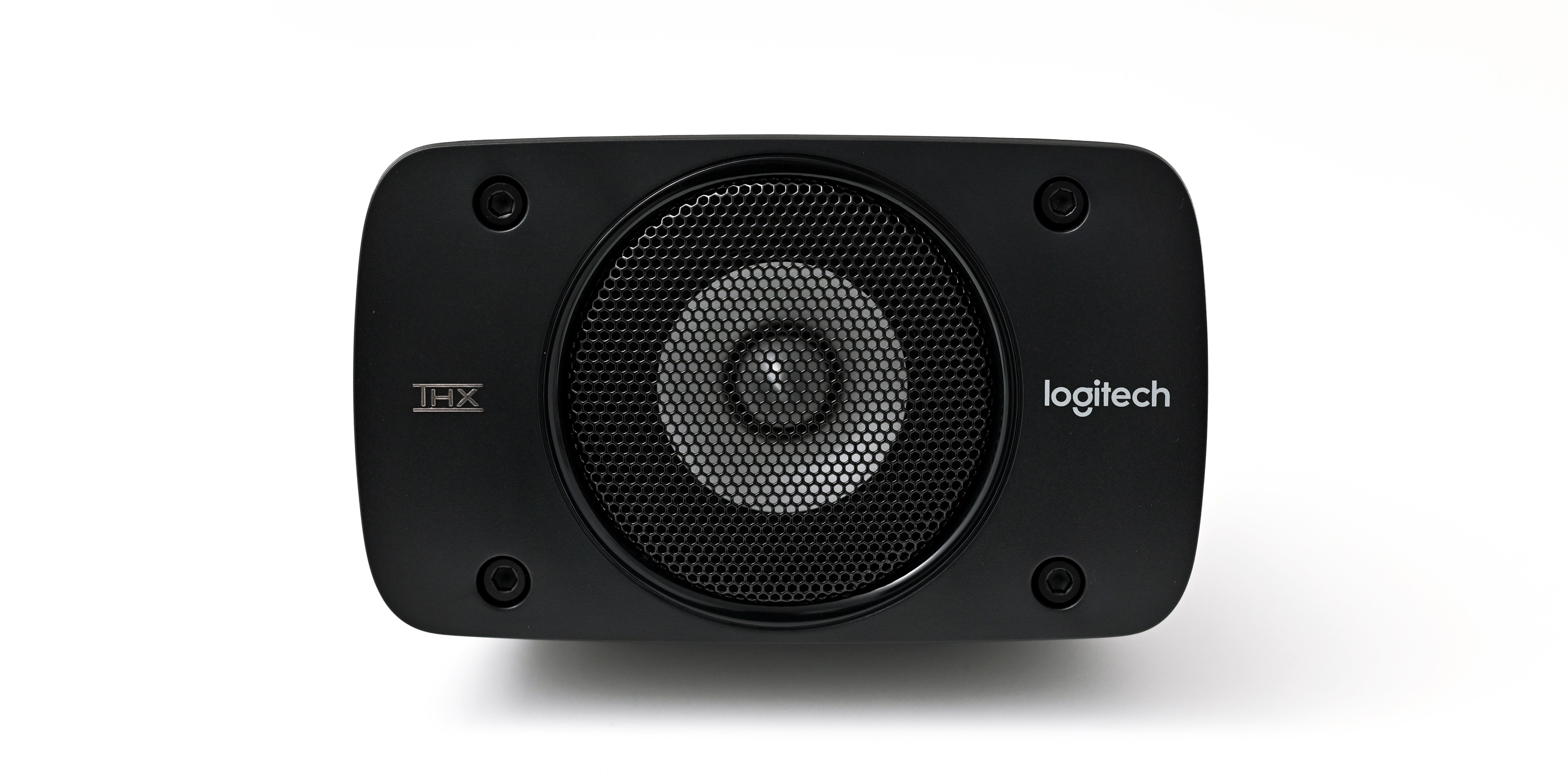
.jpg)
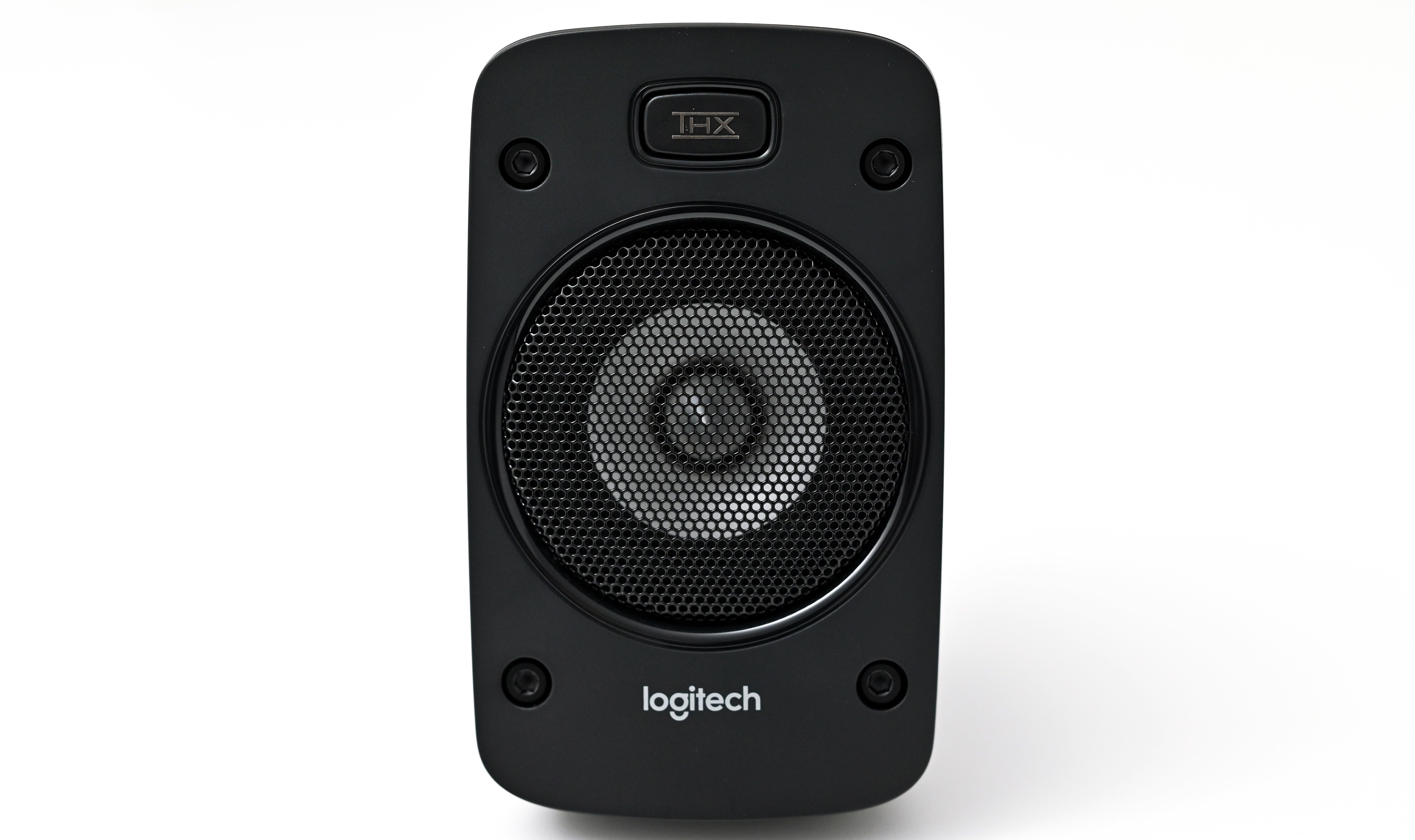
.jpg)
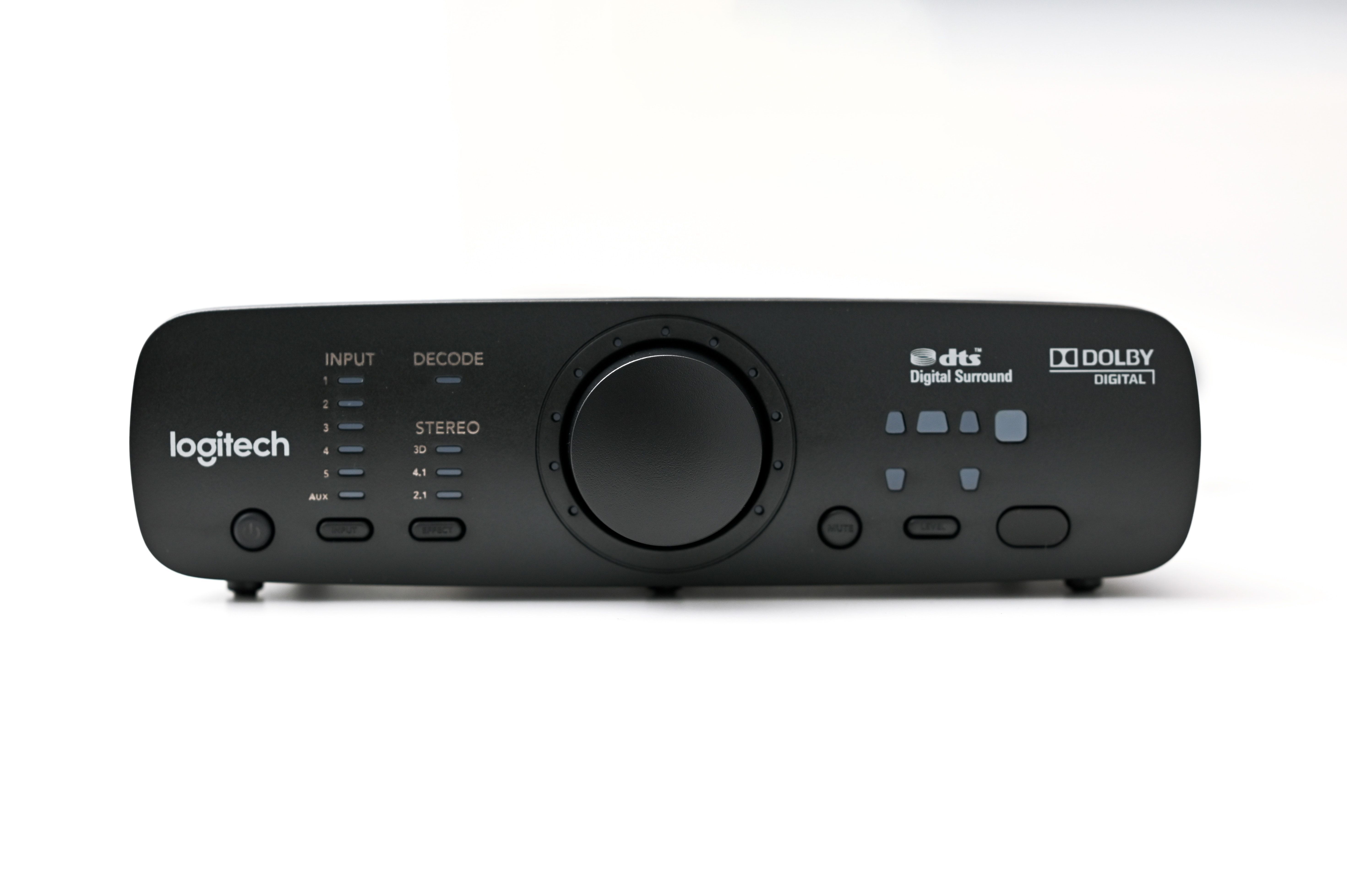

.jpg)
